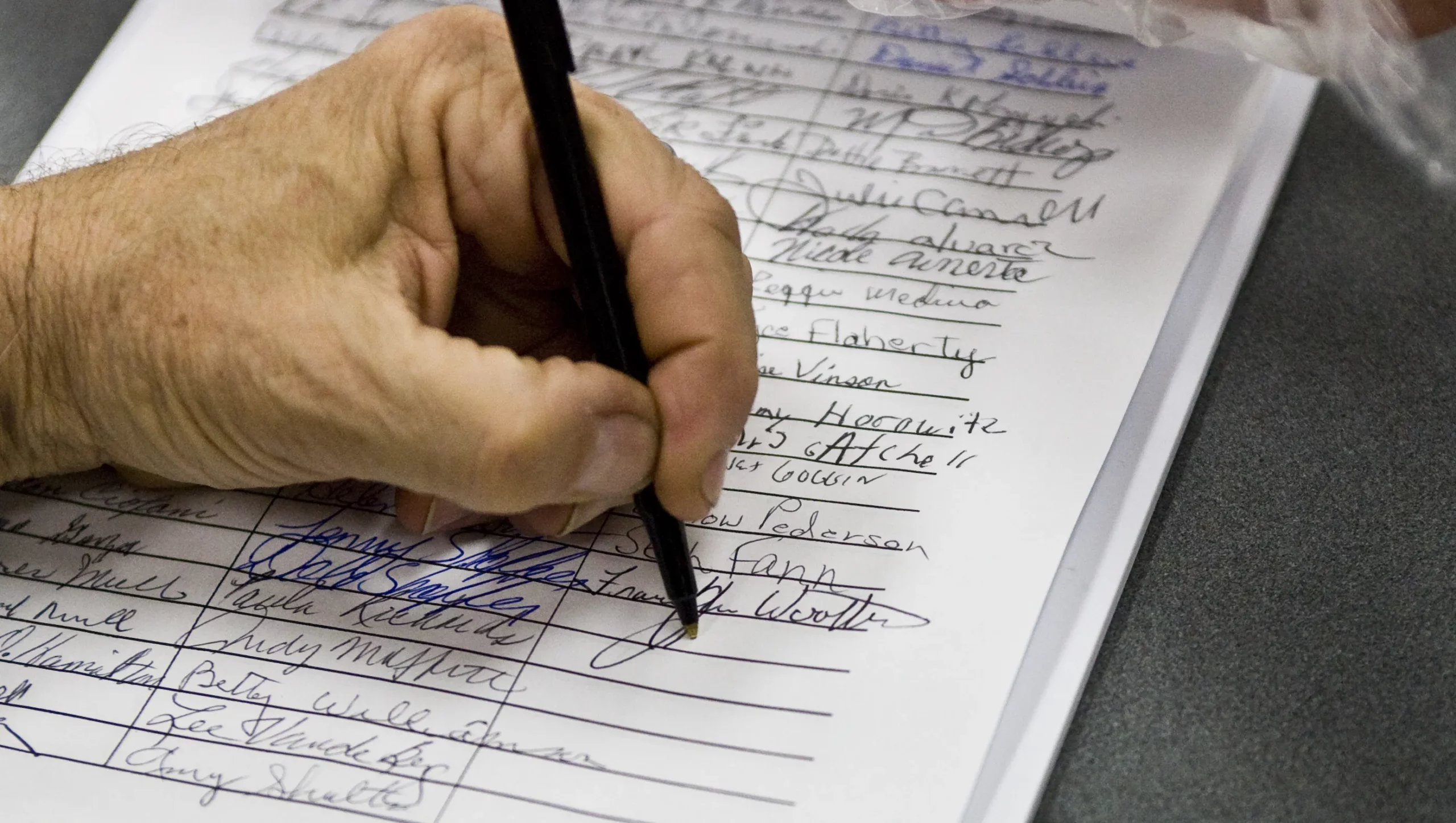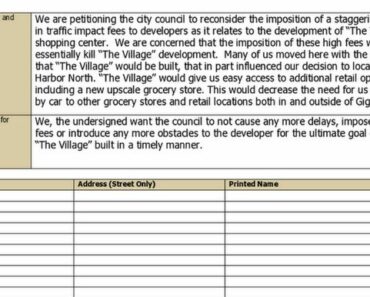Writing a petition letter can be a powerful tool for expressing your concerns, advocating for change, or seeking support for a cause. However, it’s important to approach the task with careful consideration and attention to detail. To ensure your petition letter is effective and impactful, avoid these common mistakes that can undermine its effectiveness.
1. Lack of Clarity and Conciseness: One of the most common mistakes in petition letters is a lack of clarity in expressing the purpose and goal of the petition. It’s essential to clearly state the issue at hand, explain why it is important, and articulate the desired outcome. Avoid using ambiguous or convoluted language that can confuse the reader. Keep your letter concise and focused, emphasizing the most crucial points to maintain the reader’s attention and understanding.
2. Insufficient Research: A petition letter gains credibility when it is based on accurate and well-researched information. Failing to gather relevant data, statistics, or evidence to support your claims weakens the impact of your letter. Take the time to thoroughly research the issue you are addressing, including any relevant laws, policies, or precedents. Providing credible and compelling information strengthens your argument and increases the chances of achieving your desired outcome.
3. Neglecting to Identify the Target Audience: Understanding your target audience is essential when writing a petition letter. Whether it is a government official, organization, or decision-maker, tailoring your message to their specific concerns and interests is crucial. Avoid generic or one-size-fits-all letters that lack personalization. Take the time to research and understand the priorities and values of your intended recipient, and customize your letter accordingly. This shows that you have made an effort to engage with them directly, increasing the likelihood of a positive response.
4. Failing to Provide Supporting Signatures or Contact Information: A petition letter gains strength through the support of others. Make sure to include a clear and easily accessible space for individuals to sign and add their contact information. Signatures demonstrate the level of support and can provide a sense of community backing for your cause. Additionally, including your own contact information allows the recipient to reach out to you for further clarification or to discuss the matter in more detail. This fosters open communication and demonstrates your commitment to the cause.
5. Neglecting to Follow Proper Formatting and Politeness: The tone and format of your petition letter are crucial in conveying your message effectively. Using an aggressive or confrontational tone can alienate the reader and diminish the chances of a positive response. Instead, adopt a polite and respectful tone, even if you strongly disagree with the recipient’s position. Use a professional and formal format, including a proper salutation and conclusion, and proofread your letter carefully to avoid any grammatical or spelling errors. Presenting your petition in a well-organized and respectful manner increases its chances of being taken seriously.
By avoiding these common mistakes when writing a petition letter, you can enhance its impact and increase the likelihood of achieving your desired outcome. Remember to be clear, concise, and well-researched, customize your message to the target audience, provide supporting signatures, and maintain a respectful tone. With these considerations in mind, your petition letter can become a powerful tool for advocating change and making a difference.





